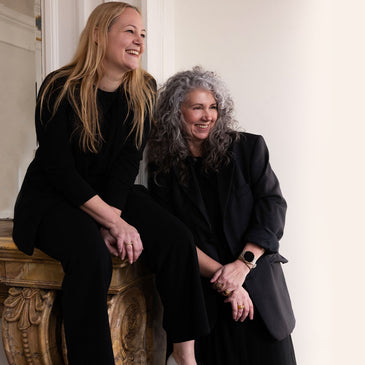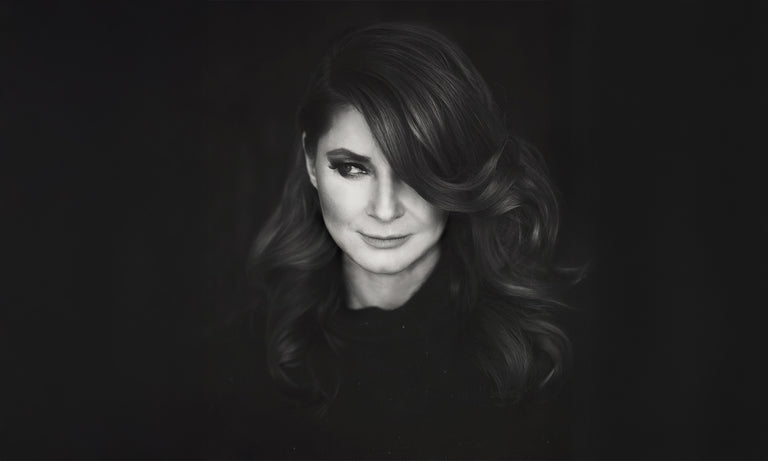

feminine|feminist
The mysterious life of Pamela Noman
Discover the magical life of Pamela 'Pixie' Colman Smith, the feminist artist behind the iconic Rider-Waite Tarot deck. From Jamaican folktales to Bohemian salons, her mysterious story still inspires millions...
For well over a century now, her images have touched the hearts and lives of millions of people. Yet hardly anybody knows her name. Meet Pamela 'Pixie' Colman Smith, the feminist artist whose life story is as mysterious and magical as the iconic Tarot deck she created.
For well over a century now, her images have touched the hearts and lives of millions of people. Yet hardly anybody knows her name. Meet Pamela 'Pixie' Colman Smith, the feminist artist whose life story is as mysterious and magical as the iconic Tarot deck she created.
"I've just finished a big job for very little cash!" Pamela Colman Smith - nickname 'Pixie' - wrote in a letter in 1909. She was referring to the lush, colorful illustrations she made for the Rider-Waite deck, from the happy-go-lucky Fool to the formidable Queen of Swords. Commissioned by mystic and scholar Arthur Waite, who described Pamela as 'a most imaginative and abnormally psychic artist', these cards would become the most famous Tarot set of all time, with over 100 million copies sold, making Pamela's mesmerizing images synonymous with tarot itself.
Pamela Colman Smith was born in 1878 in London to an American father and a Jamaican mother. Her parents were followers of the Swedenborgian Church, a mystical movement that embraces visions and communications with angels. As a girl, Pamela spent time in Jamaica, where she fell in love with the culture's fantastical folk tales. After studying art in Brooklyn, she settled in London as a writer and illustrator, becoming the 'It Girl' of the Bohemian scene.
Described as 'exotic' and 'ageless' by several people, the petite, fairy-like artist soon gained the nickname 'Pixie'. Guests like composer Claude Debussy and Dracula-writer Bram Stoker visited Pixie Pamela's soirees, where the hostess would recite poems dressed in harem pants and bright kimonos, serving 'Opal Hush', her favorite cocktail made with red wine and lemonade. ‘Learn from everything, see everything, and above all feel everything!', she wrote in 1908. Just a few months later, Pamela created a tool that would allow many generations of people to live her motto.
When Arthur Waite decided to create a new Tarot deck, he immediately thought of Pamela. Having met her through the Isis-Urania Temple of the Golden Dawn, a secret society that explored teachings such as Kabbalah and alchemy while practicing gender equality, he knew that only Pamela could help him compose "a perfect marriage of art and symbolism". During the summer of 1909, Pamela created 78 (!) images. Arthur gave her detailed directions for the Major Arcana: 22 archetypes that represent the different stages of our spiritual evolution, such as The Empress and The Sun.
When it came to the Minor Arcana however, he gave Pamela complete freedom. These cards, grouped in four suits of wands, swords, cups and pentacles, had traditionally been simply symbols, like a standard deck of playing cards. In Pamela's hands they became lavish scenes, layered with meaning. Her influences? Renaissance paintings, Japanese prints, medieval illuminations etc. But more than anything, she trusted her own inner vision. "Find eyes within," she used to say. "Look for the door into the unknown country.’
Pamela never received copyright or credit for her contribution. She never married or had any children (there is speculation that the female friend she lived with for 20 years was her lover). After retiring from the art scene to focus on causes like women's suffrage, Pamela died penniless in 1953, and was buried in an unmarked grave. But although the enigmatic artist may not have lived to see the full impact of her work on the world, she continues to speak to us every time someone opens her deck of cards. "Ride on your quest for what we are all seeking: beauty," she once wrote. "Beauty of thought first, beauty of feeling, beauty of form. Appreciation, joy and the power of showing it to others." Mission completed, Queen of Cards.


the art of love
plunge balcony bra

the art of love
8 cm brazilian briefs






